As the role of the workplace evolves, NeoCon’s recent Virtual Program explored why the role of designers must adapt and find new ways to facilitate connections.
The WDM team sat in on theMart’s recent online programming event, “How Other Design Sectors Can Influence the Future of Workplace Design.” The event presenters included Eric Yorath, Figure3; Mardi Najafi, Figure3; Bob Fox, FOX Architects and Work Design Magazine; and Sherif Ayad, IDDI, as they continue their series, “Design Anew” in order to keep the NeoCon community engaged as we lead up to the physical event in October.

The panel, comprised of thought leaders from ONE Global Design, explored how the office is no longer a 9 to 5 space, but is now a continuum of work that happens anywhere. The panel explored how designers will need to work with their clients to prepare workspaces that support the collaboration that happens when people come together and create innovative places to support that connection and build a sense of brand, community, and culture.
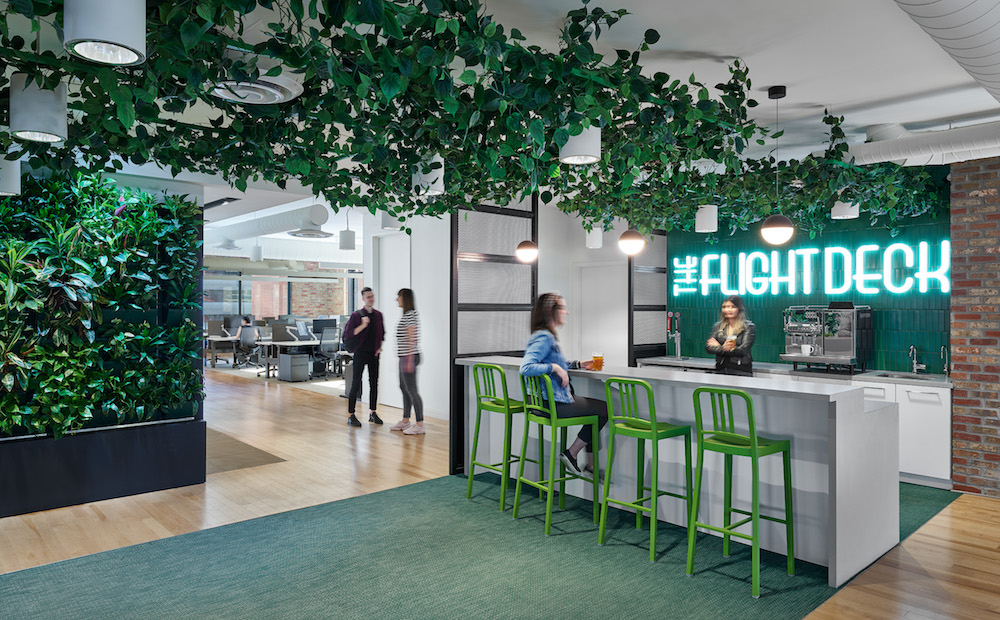
The workplace is not just a place, it’s a performance tool. It needs to supply the physical elements to support the work employees need to do, not just where they do their work. Based on their varied areas of expertise, each panelist weighed in what they thought would be changing and how businesses will re-examine and reboot their offices as they figure out how and why people will return to their offices over the next several months.
Companies will have to justify their physical footprint and figure out how to attract people to come back. The metrics are definitely going to change, it will no longer be a calculation of how many square feet do we allocate per person as we plan space. It will be more about what kind of spaces do we need to provide to meet our business needs.
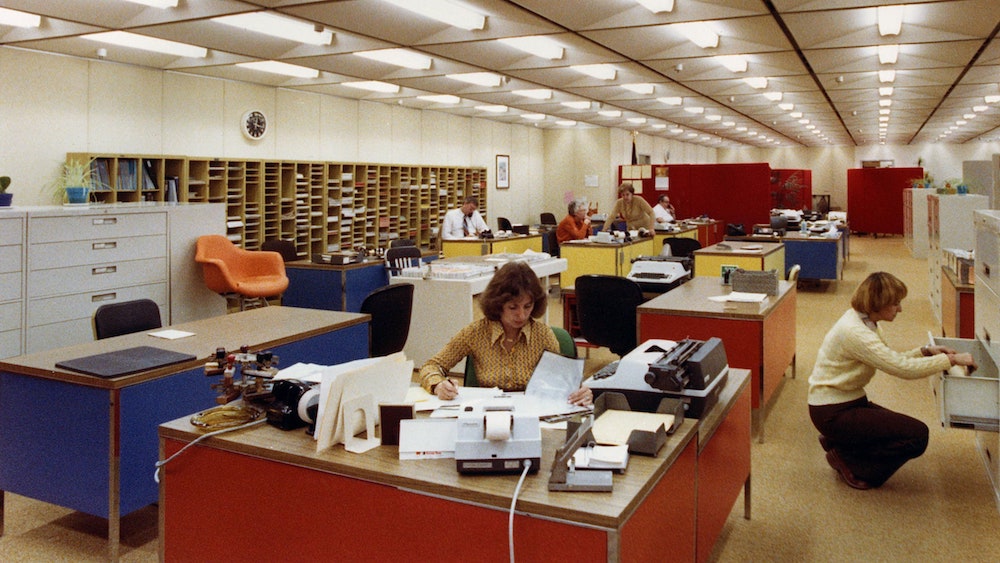
Mardi pulled together the connections between retail and office in this way – noting that pre-2000 is unrecognizable, and the 2020 office will become unrecognizable. E-commerce changed brick and mortar retail just as our pandemic year has changed the office. Connection with brand – which is critical in retail, also may have some traction with workplace design. One of the changes that retail has made in order to entice people back into the physical store is to provide the elements that do not exist with online shopping. Having a place to try, taste, touch to provide an experience is what is coming to the forefront of retail design. That thought process can also be applied to a new approach to workplace design – the office may evolve into an “experience” – as people emerge from their dining table home office, going to work is not only a change of venue it is a place to experience the collaboration and connectivity that is lacking when working alone or attending another Zoom meeting.
The panel also addressed the concept of brand – that a place can also become a way to solidify the concept of company culture. Bob noted that a space can reflect the culture of the organization – art, artifacts, branded design elements can be considered as critical to the expanded way we approach the design of workspace.
Mardi noted that well designed retail spaces are able to connect with their target groups, not just ‘selling stuff’ but providing an environment for the shopper to connect with the brand. Sherif added that workspace can be a way to retain talent, it can provide a space for the mobile work force to come together, the brand is a device that can become a way to help people see themselves with respect to the company.
The discussion continued around additional crossover disciplines that will inform workplace design going forward. There are lessons to be learned from multi-family and hospitality design in addition to retail.
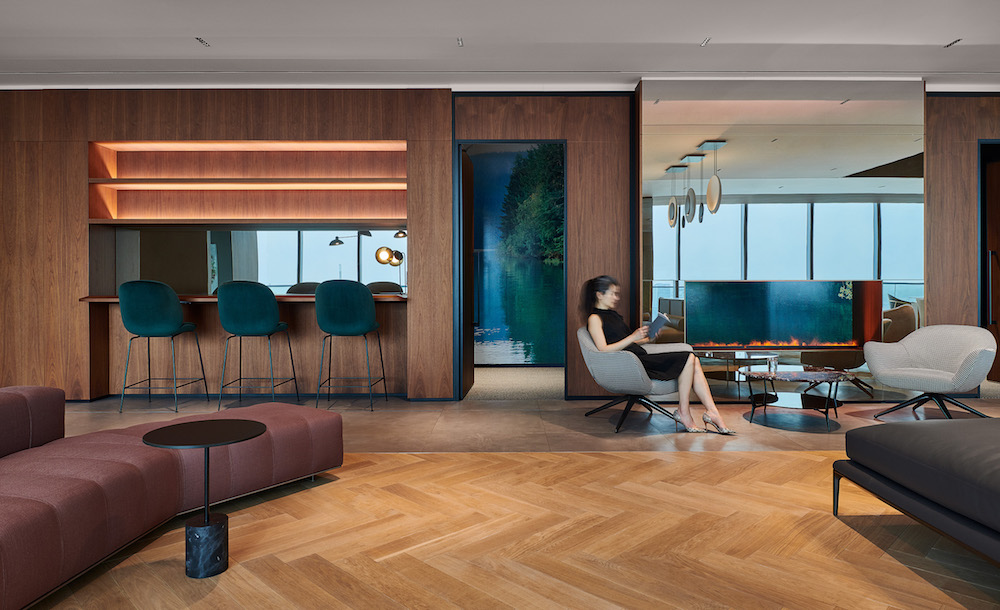
For example, multi-family projects are now incorporating workspace type amenities, office buildings are providing hospitality type amenities. While the current situation and the experience of the past year have been challenging, it has also forced designers to re-think and re-imagine how the work experience can be enhanced in the spaces that will emerge as we progress passed the lockdowns, work from home and the isolation that has occurred.
In the workplace design community and the world at large, the chatter seems to be focusing on “hybrid, flex space, and work from anywhere” – the panel weighed in on those concepts as well.
The jury is still out on what will shake out, but the discussion is definitely going to be about how to plan for a workforce that has choices about where and when to work and what kind of spaces companies will need to provide to support that work. Flexibility will be key, and we will see more blending of design genres as existing office are reconfigured and spaces repurposed for the return to the office. New workspaces will be designed around the lessons learned from the pandemic era. The takeaway seems to be that the workplace will be more of an immersive experience than a static one.
The attendees had several questions following the presentation, and we were able to connect back with the panel to address them.
At the outset of the presentation you mentioned that there will be new metrics as we evolve from pandemic work ecosphere of remote and zoom. What do you think those key metrics might be?
Bob Fox: I think that they will move from real estate driven metrics like People/SF and efficiency measures – there is no correlation to the business. To more business drivers like revenue per sf. The metrics will be organizationally driven and will justify the need for office space.
Mardi Najafi: While the retail landscape has experienced a dramatic evolution over the past two decades, commercial real estate, particularly office space, has been notoriously slow to adapt.
Retail has shifted from a purely transactional interaction to an experiential space – today sales per square foot is not the metric anymore, retailers are now focused on strategies on increasing the customer dwell time and how many times they will return to the physical space.
In the past, office environments have been focused solely on promoting productivity and profit, with employee comfort and morale distant considerations. I believe we will be seeing a growing shift towards the importance of holistic work environments coupled with corporate authenticity and sending powerful messages to both visitors and employees.
A well-designed retail experience with strong messaging and human connections are key. It helps reinforce the missions and vision of the brand among its intended target group. The biggest brands in the world sell lifestyles, not products! Look at:
- Lululemon – not selling yoga apparel, they are selling/promoting wellbeing
- Nike – not selling sports goods, they are selling/promoting the active lifestyle.
- IKEA – not selling affordable furniture, they are selling/promoting the Scandinavian lifestyle!
If we look back on the evolution of how eCommerce disrupted brick-and-mortar retail, we can immediately pick up the learnings and apply them to workplace design. Smart retailers quickly moved to a multi-channel approach that focused on providing a seamless customer experience whether the client is shopping online from a mobile device, a laptop or in a physical store.
Even brands that built themselves as an e-commerce platform went from ‘clicks to bricks’, evolving from online-only to include a physical presence. Because they too learned that online may have a convenience factor but lacks that brand connection with consumers. They noticed specific aspects of the retail experience that can only be provided in a physical store were missing in the online/virtual version: such as trying, tasting, touching, smelling, or sizing items.
Similarly, the workplace will embrace its own version of omni-channel: a dispersed workspace portfolio. This will enhance employee experience through smart workspace design and a strategic mix of flagship offices, flexible office spaces, collaborative environments, and virtual office technology at hand. The combination creates purpose-driven workspaces where employees can have the authority to choose where to work based on their needs in any given day or week.

Bob Fox: I think that they will move from real estate driven metrics like People/SF and efficiency measures – there is no correlation to the business. To more business drivers like revenue per SF. The metrics will be organizationally driven and will justify the need for office space.
Design genres were already blurring. The panel’s insights from their unique perspectives offer great food for thought. Where do you think the most actionable crossovers may occur?
Mardi Najafi: Workplace design has embraced different typologies in recent years, with greater integration of hospitality and residential design principles that create vibrant experiences for employees.
Workplace designers can look to inspiration from the retail design sector to support reinventing the office to create a hub for community, learning and brand culture. Retail designers understand how brick and mortar stores can make genuine connections with consumers and also drive a successful online experience. Our opportunity as we emerge from COVID-19 will be to create a new purpose for the office that is centered around delivering a unique experience.
The role of the new workplace is changing from a traditional 9–5 mandate to more of a hub for socializing, informal learning, and collaborative creativity.Workplace designers can take inspiration from retail design and celebrate the corporate mission by creating memorable moments and authentic connections with employees.
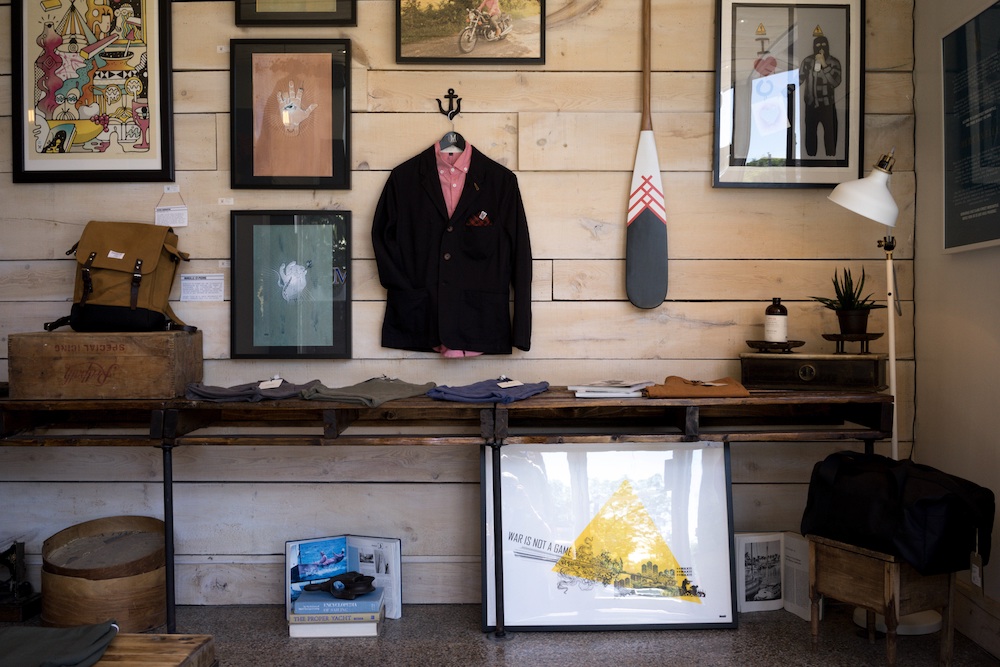
Work from home is difficult with small children, multi-generational households where worker is also main caregiver; how do you propose adjustments to the workplace to give parents the support they need, do you think there will be more integration with childcare/ elder care?
Bob Fox: I think that organizations will need to provide flexible schedules for people to accommodate their personal and family needs. I don’t think that you will see many organizations providing the services.
All of this talk about work from home assumes that people also have access to the appropriate infrastructure. Huge segments of inner cities and rural areas are lacking in the reliable high-speed internet that allow this to be successful. Won’t these communities get further left behind? How do we address?
Bob Fox: High-speed connections are a necessary prerequisite – that is a societal infrastructure and systemic issues that needs to be addressed or else that talent cannot perform adequately.
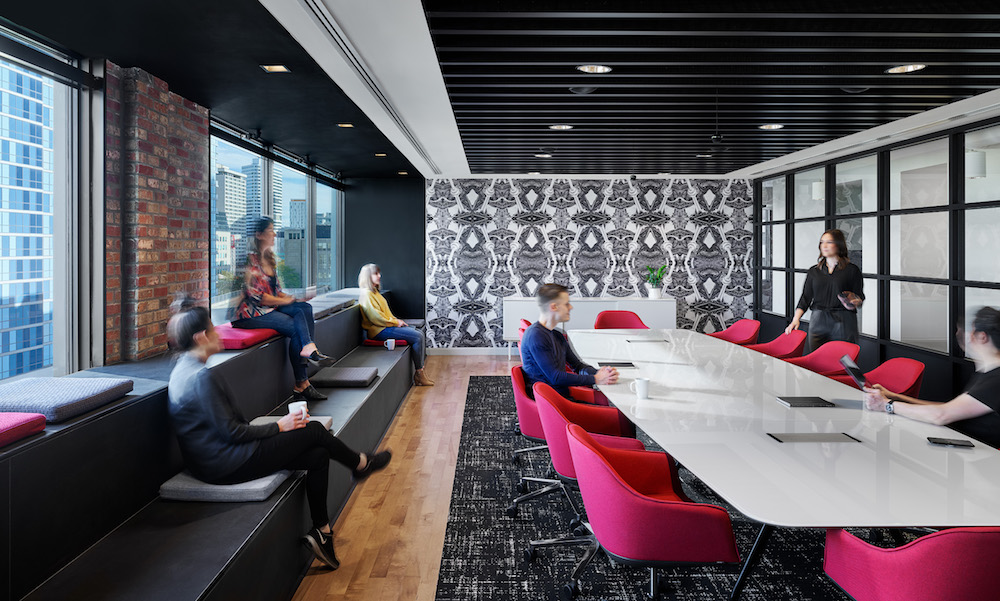
If I am just coming to the office to hang out and gather. How am I justifying the time that doesn’t feel like I am “working”. If I am someone who bills hourly, where will I bill my time?
Bob Fox: Time well spent with socializing with your coworkers is well spent. You learn more about them and how to work with them. So when you are actually working with them, it is much more effective.
Do you see companies investing the home office for the employee to enable them to work safely at home?
Bob Fox: Companies offer some stipend or allowance for home offices to improve the work environment at home. They also may provide a co-working location with adequate support but working at home will probably not have the same infrastructure, tools, and support as being centralized in an office.
How will the coworking spaces help support the company brand, build culture and a sense of belonging. Does it serve the company?
Bob Fox: Many enterprises use cowering spaces for small teams, special projects and start up locations. They can be used to build a common culture and work ethic. I believe that they will serve the company and offer flexibility. Assuming that there is good leadership.
Not all professions allow for employees to work remotely exclusively, especially some lower wage, service focused positions within cities. How does the workplace remain inclusive to these positions?
Bob Fox: Therein lies a challenge, for organizations that value inclusivity will need to search for common denominators that benefit all of the individuals involved.
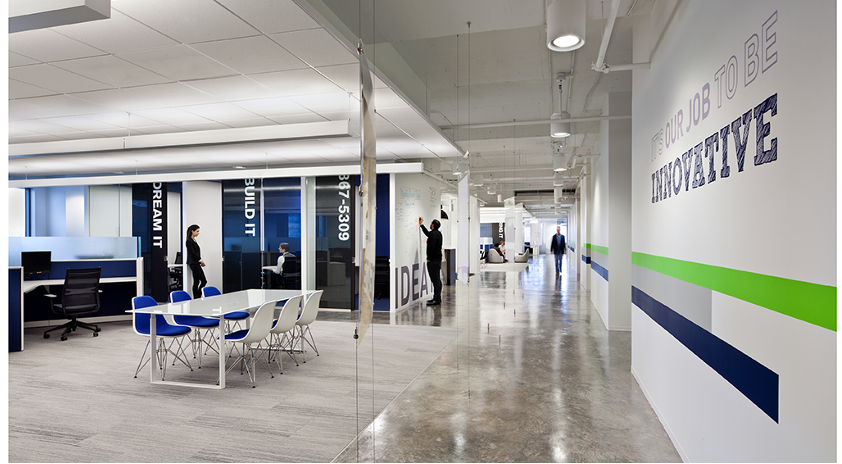
Do you see organizations providing or providing some purchase discounting with manufacturers or offices suppliers, their staff more WFH office materials whether they be true task seating, desk components like HA desks, etc. when/where applicable?
Bob Fox: This is already happening, there are dealers that set up something like a company store with pre-approved products. Prices are negotiated and there is some split of the cost.
The culture of work is being redefined by the circumstances of the pandemic, from the worst of it to the emerging return to work – what are the biggest changes to workplace culture that you might predict?
Bob Fox: This is a really interesting question. I think that the culture will shift more respect and autonomy to the worker. Distributed work is here to stay, Zoom is here to stay, flexible hours and work is here to stay, and people living in remote areas with family or activities are here to stay. Culture is about the collective behavior and I think that more progressive organizations will embrace working from anywhere in-order to attract the best talent. The talent coming into the office will only be when required or necessary to get the best work done. Training and culture will still need lots of attention but may not be dependent on the physical environment. A lot of space was built to attract talent, now it will be to collaborate and innovate.
This article is supported by the following 2021 NeoCon Exhibitors:





